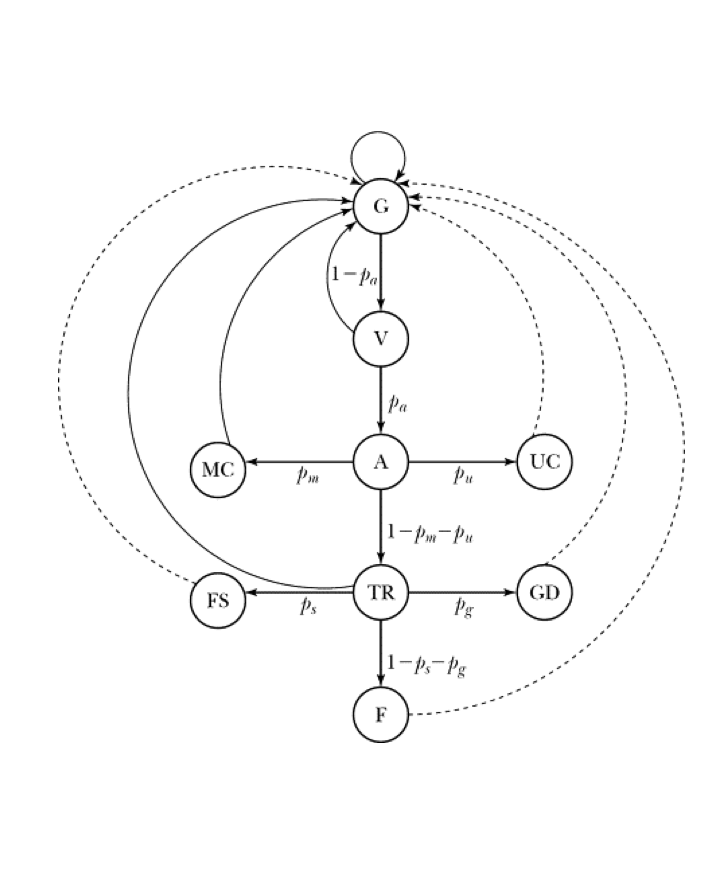By the time the 1990s rolled in, the office space had been transformed. The ubiquitous typewriter had been replaced with desktop computers, laptops, and printers that were connected together through ethernet. By the end of the decade, technologies like open access internet and email communications completed the transition to a new kind of work. As a result, software makers became increasingly dominant. Since universal compatibility was essential, a handful of companies like Microsoft, Oracle, SAP and Adobe gained overwhelming market share in their respective sectors.

New Markets, New Competition
As the PC became the new normal, deregulation paved the way for a global economy. Insurance benefited from new prospects and products, but also faced new challenges



